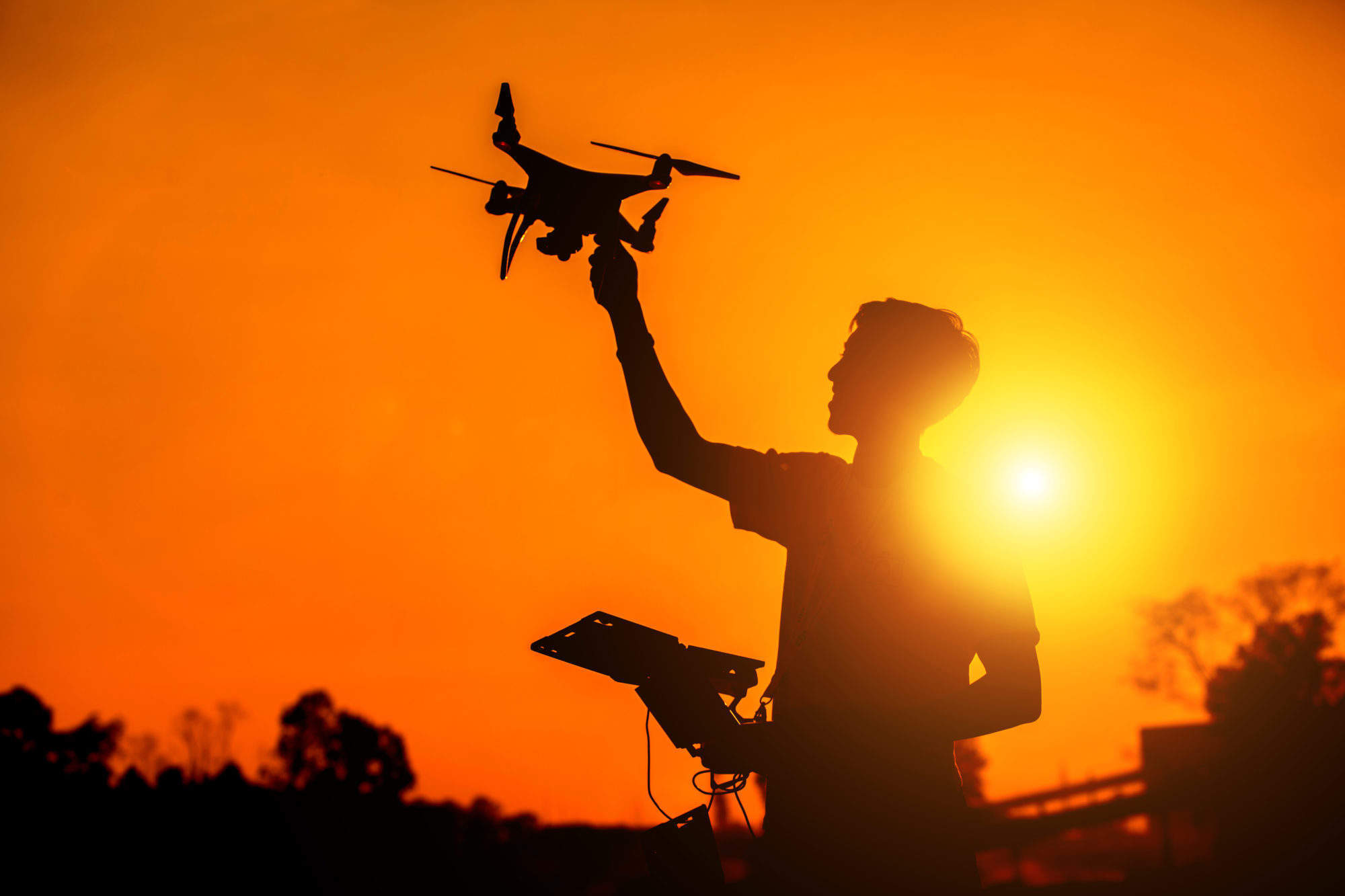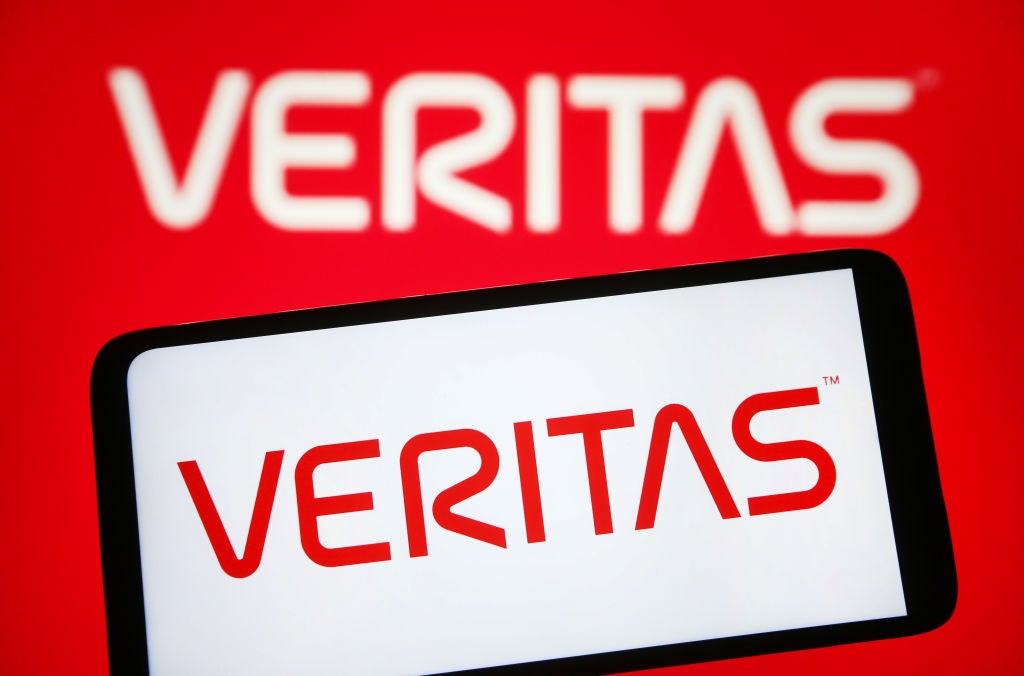
On Saturday, Venezuelan troops shot down two drones loaded with plastic explosives that were allegedly an attempt on the life of their president, Nicolas Maduro. The Maduro drone attack is believed to be the first time a commercially available drone was used in a lethal attack, and experts are warning that this will only become more commonplace.
The warning signs were there as early as 2013, when a small quadrocopter drone flew within feet of German Chancellor Angela Merkel.
Fortunately, the Parrot AR drone was flown in protest, not in attack. At the time, experts warned that next time the drone could explode.
The Maduro drone attack shows that their warnings were justified and puts pressures on security forces to come up with more rigorous drone defence strategies.
What type of equipment was used in the Maduro drone attack?
Militaries around the world, particularly in the US and Europe, use military grade drones to carry out lethal air strikes. More commonly known as unmanned aerial systems (UAVs), these are very different to the types of drones used in the Maduro attack.
The US militaries’ AeroVironment RQ-11 Raven, for example, costs $173,000 per system.
How well do you really know your competitors?
Access the most comprehensive Company Profiles on the market, powered by GlobalData. Save hours of research. Gain competitive edge.

Thank you!
Your download email will arrive shortly
Not ready to buy yet? Download a free sample
We are confident about the unique quality of our Company Profiles. However, we want you to make the most beneficial decision for your business, so we offer a free sample that you can download by submitting the below form
By GlobalDataBy contrast, the drone used in the Maduro attack is available to buy online for just £4,000. The DJI Matrice 600 is popular among filmmakers for its reliability. Carrying a high-end camera, the drone can stay in the air for 35 minutes and has an extended flight time of 5km.
However, professor of political science at the University of Illinois Nicholas Grossman warned that a Maduro drone attack could be replicated with an even cheaper model.
The author of Drones and Terrorism: Asymmetric Warfare and the Threat to Global Security told Verdict:
“The Matrice is at the high end of the commercial drone market, larger and pricier than most models, but smaller, cheaper drones could be used as well.
“For example, the newest version of the popular Phantom model retails for £1,200 (older and used models can be found for a few hundred) and can carry up to 1kg.
“The Matrice costs £4,000, and can carry a little over 5kg, so it can carry more explosives, but grenades weigh less than a kilogram.
“One reason smaller models are threatening is they’re so easy to acquire that any individual could buy one, or a terrorist group could buy many,” he said.

The danger of economies of scale
Improving technology, economies of scale and growing popularity have all contributed to the proliferation of drones. The more drones that are available – and cheaply – increases the likelihood of similar drone attacks.
In the US, there are now one million drones registered with the Federal Aviation Administration. The majority are owned by hobbyists, while businesses account for 122,000.
But according to Grossman, there is more to it than probability.
“One of the key components of anti-terrorism protections is noticing something out of place – an abandoned bag in a train station, for example,” he said.
“As drones proliferate, they’ll look progressively less out of place, making it harder to notice attacks before it’s too late.”
How do you defend against a drone attack?
With drone attacks likely to increase, it raises the question of how to defend against them. Previous research highlighted the dangers posed by swarms of modified drones against US troops.
The US military has invested in detection methods and jamming methods; however, customised drones can increasingly operate without radio frequency command.
Some have taken to shooting down drones, as Maduro’s guards did. However, Grossman points out that this requires spotting them in advance and that it risks accidents.
Tighter regulations, such as the recently enforced UK drone laws, could help prevent near-misses with aircraft and conventional problems.
However, their ready availability on the internet means that even with tighter regulations, someone with hostile intentions could still get hold of a drone if they wanted to.
In France and the Netherlands, police have trained eagles to take down drones. Drones themselves could even be crucial in the fight against drones, with a small but growing market of anti-drone drones that fire nets at a hostile quadcopter.
However, Grossman warned that “no country yet has a robust strategy for combating these attacks.”
“It’s very likely we’ll see more attempts like the attack on Maduro, including by amateurs and with smaller drones, in the near future, including in the West.”




